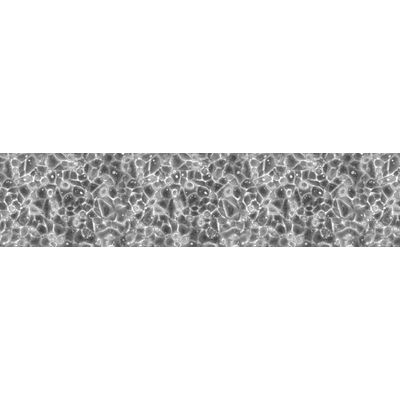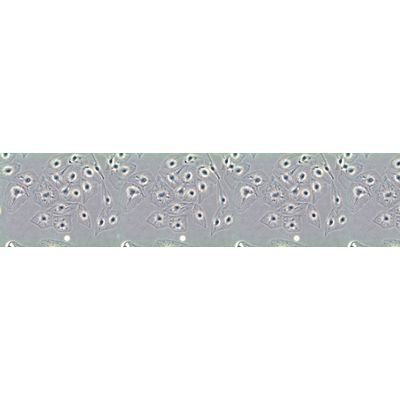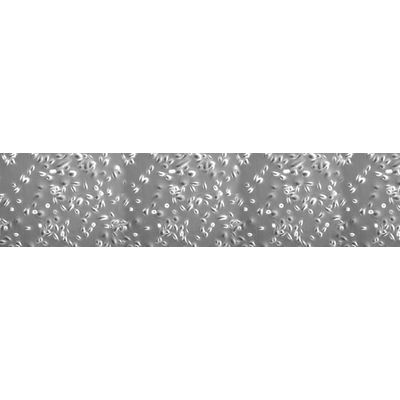

- Home
- Companies
- Upcyte Technologies
- Products
Upcyte Technologies products
Cell Culture Media
Upcyte - Liver Sinusoidal Endothelial Cells Medium
We have developed a variety of media for the expansion, culture and endpoint measurement of the upcyte® cells. For the usage of our upcyte® cells in different applications, we recommend the use of the cell-specific media. A protocol for use will be included in each delivery.
Upcyte Cells
Upcyte - Expanded Primary Cells
The liver is the main metabolic organ responsible for pathways such as glycolysis, glycogenesis, ureagenesis, as well as amino acid and lipid metabolism. The predominant cells type is the hepatocyte; therefore, cultured human hepatocytes are suited for in vitro metabolism studies. upcyte® Hepatocytes are expanded primary cells, derived from single donor primary cells. We can expand up to 2000 vials per hepatocyte donor from one vial starting material – data from different studies can now be compared while working with the same donor.
Upcyte - Liver Sinusoidal Endothelial Cells
Liver sinusoidal endothelial cells (LSECs) are highly specialized cells that form the scavenger endothelium within the liver. They exhibit extraordinarily high uptake of soluble waste molecules (< 0.23 µm), thus playing an important role in blood clearance. The supply of primary LSECs is limited by the low and sporadic availability of human liver tissue and can only be kept for up to 1-2 population doublings in culture. upcyte® LSECs were derived from primary LSECs from a single donor. These cells have an extended lifespan whilst maintaining primary cell characteristics. This means that large batches of up to 3000 vials from a single donor with the same quality can be provided.
Upcyte - Keratinocytes
The skin is the largest organ of the human body and represents our first line of defense against external factors. Its diverse functions include the protection from pathogens, thermal insulation, temperature regulation, as well as sensation and wound healing. This functional diversity is achieved by a complex interplay between different cell types present in different skin layers. Located above the dermis (connective tissue) and the hypodermis (subcutaneous tissue), the epidermis forms the outermost layer of the skin and maintains homeostasis against physical, chemical and biological stresses. Keratinocytes represent the main cell type found in the epidermis and are thus attractive tools for studying wound healing and stress responses, as well as sensitizing properties and overall toxicity of test compounds. To increase your throughput, we offer standardized, ready-to-use upcyte® Human Epidermal Keratinocytes isolated from juvenile donor material.




